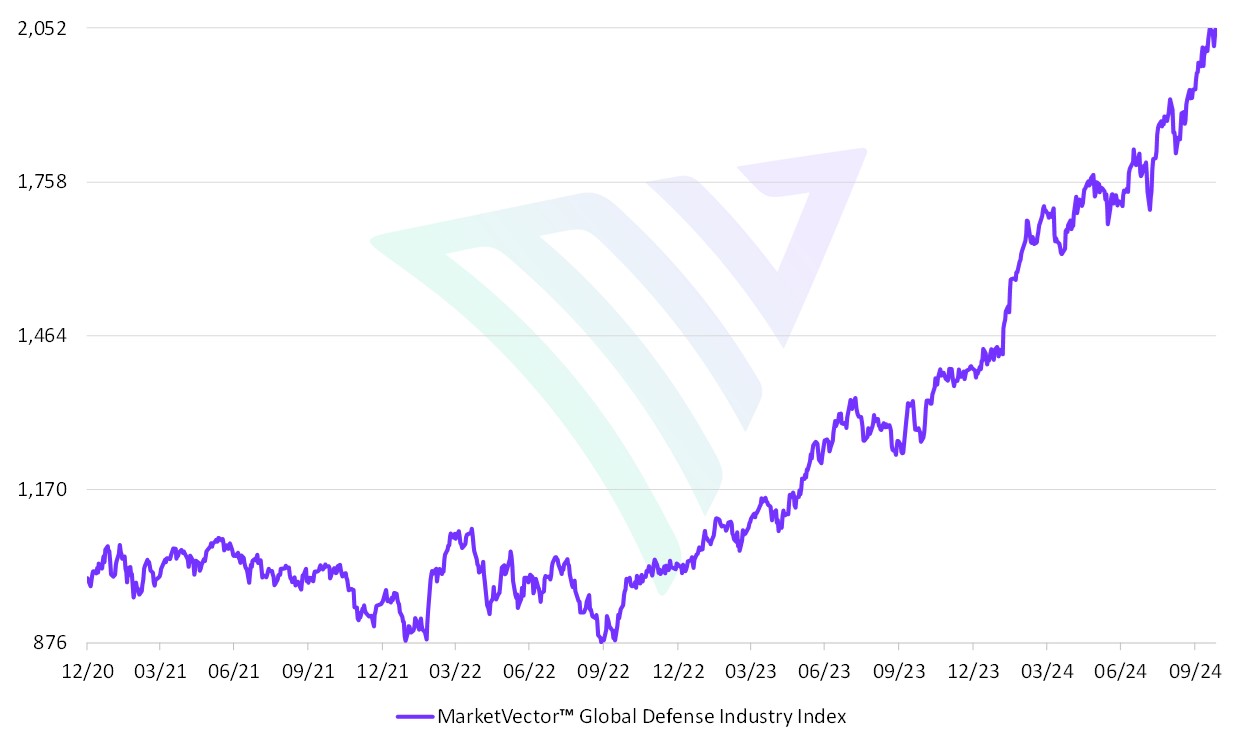Attack drones have become game-changing weapons on the battlefield, playing a critical role in modern conflicts such as the Iran-backed Houthi militia's drone attacks on commercial vessels in the Red Sea and the transformative impact in the Russo-Ukrainian War. These evolvements on the battlefield have not only revolutionized combat strategies but also prompted the Pentagon’s Defense Innovation Unit (DIU) to push the boundaries of drone technology beyond military uses.
Drone Technology in Modern Warfare
Drones have significantly changed modern warfare by providing enhanced surveillance, precision strikes, and reducing the need for human presence in high-risk areas. These unmanned systems can infiltrate hostile environments, gather critical intelligence, and deliver payloads with pinpoint accuracy.
In conflicts like the Russo-Ukrainian War, drones have been used extensively for reconnaissance, target identification, and even direct attacks, shifting the dynamics of warfare in ways previously unimaginable.
The DIU is now investigating drones capable of transporting a wide array of payloads, from weapons and surveillance equipment to critical medical supplies such as blood, utilizing Autonomous Portable Refrigeration Units (APRU).
Utilizing drones to deliver blood to remote or hard-to-reach locations allows EMS providers in both the civil and military space to significantly enhance life-saving interventions and improve patient outcomes.
This development represents a broader trend of military technology finding life-saving civilian applications, much like previous military innovations.
The Potential of Military Technology Transfer
Military innovation has a history of driving technological advancements that reach civilian applications. For example, GPS technology, initially developed for military navigation, is now an essential tool in everyday life, from smartphones to logistics.
Similarly, the internet, initially created by the Depart of Defense during the Cold War as a means of secure communication between government agencies, is a vital global communication tool today. The first message on the internet to be sent was “LOGIN”, but the network crashed after the recipient computer received the first two letters ‘LO’.
As with GPS and the internet, military technology transfer has the potential to revolutionize civilian sectors, and drone technology is poised to follow this path, with potential applications in industries like logistics, agriculture, emergency services, and environmental monitoring.
MarketVectorTM Global Defense Industry Index

Source: MarketVector. Data as of October 25, 2024.
For more information on our family of indexes, visit www.marketvector.com.
Get the latest news & insights from MarketVector
Get the newsletterRelated:




